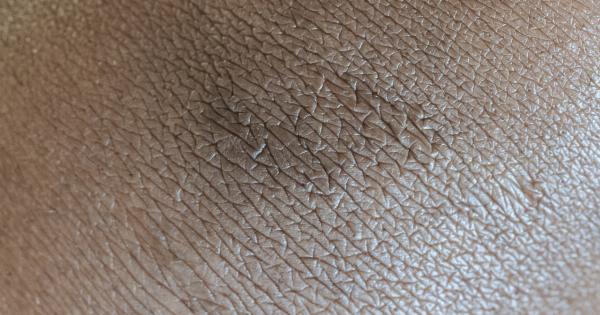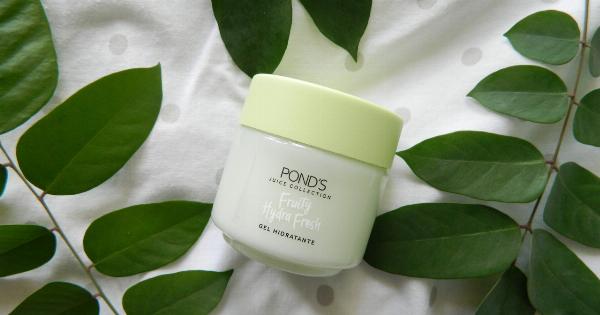The sun is a wonderful thing, but it can also be harmful if we don’t protect ourselves. Too much exposure to the sun can cause sunburn, premature aging and skin cancer particularly on the face which is most exposed.
Therefore, it is important to find the right sun protection specifically for your face.
1. Find the right SPF
The most important thing to consider when choosing sun protection is the SPF. Experts recommend that we need a minimum of SPF 30. This will ensure that your face is protected from both UVA and UVB rays.
UVA rays can age the skin, while UVB rays can cause sunburn. Sunscreens with an SPF rating of 30 or above protect against both.
2. Look for a broad-spectrum sunscreen
When choosing sunscreen, we may come across the phrase “broad-spectrum.” This simply means that the sunscreen protects against both UVA and UVB rays. Therefore, it’s essential to look for a sunscreen that claims to be broad-spectrum.
3. Consider your skin type
It’s important to choose a sunscreen that caters to your skin type. A sunscreen that works for oily skin might not be the best option for dry skin. If you have dry skin, opt for something hydrating with ingredients such as hyaluronic acid and glycerin.
If you are prone to oily skin or breakouts, choose a sunscreen that is lightweight and oil-free.
4. Opt for mineral sunscreens
Mineral sunscreens contain natural ingredients such as zinc oxide and titanium dioxide. These ingredients sit on top of the skin, reflecting UV rays away.
They are gentle on the skin and are typically free from chemicals which can irritate the skin or cause allergies.
5. Fragrance-free options
Many people prefer fragrance-free sunscreen options. Fragrances can cause skin irritation for some people. If you have sensitive skin or are prone to allergies, it’s best to opt for a fragrance-free option.
6. Water and sweat resistant
If you’re going to be active or sweating heavily, you’ll need a sunscreen that’s water and sweat-resistant. This will prevent the sunscreen from being washed away and provide adequate protection under those circumstances.
7. Applying sunscreen correctly
It’s important to apply sunscreen correctly to ensure that you’re getting the full effect of the SPF. Apply 15-20 minutes before exposure to the sun and re-apply every two hours or immediately after sweating or swimming.
When applying sunscreen, be sure to cover all areas of your face, including your ears and the back of your neck.
8. Use sun protection as part of your skincare routine
When choosing a sunscreen, consider treating it as part of your skincare routine. After all, the sunscreen will be sitting on your face for long periods.
Opt for a sunscreen that has good ingredients such as antioxidants like Vitamin C, E and Ferulic Acid to help protect your skin against the damage caused by the sun and oxidative stress.
9. Choose a tinted sunscreen for a natural look
If you don’t like the feel of traditional sunscreen, try a tinted sunscreen option. These provide coverage whilst protecting your skin from harmful UVA and UVB rays. The tint provides natural coverage and can be worn in place of foundation.
10. Seek professional advice
It’s always a good idea to seek professional advice from a dermatologist or skincare expert to ensure that you’re buying the right sunscreen for your skin.
They can provide you with tailored advice which can take into account specific skin concerns and guide you on ingredient selection.




























